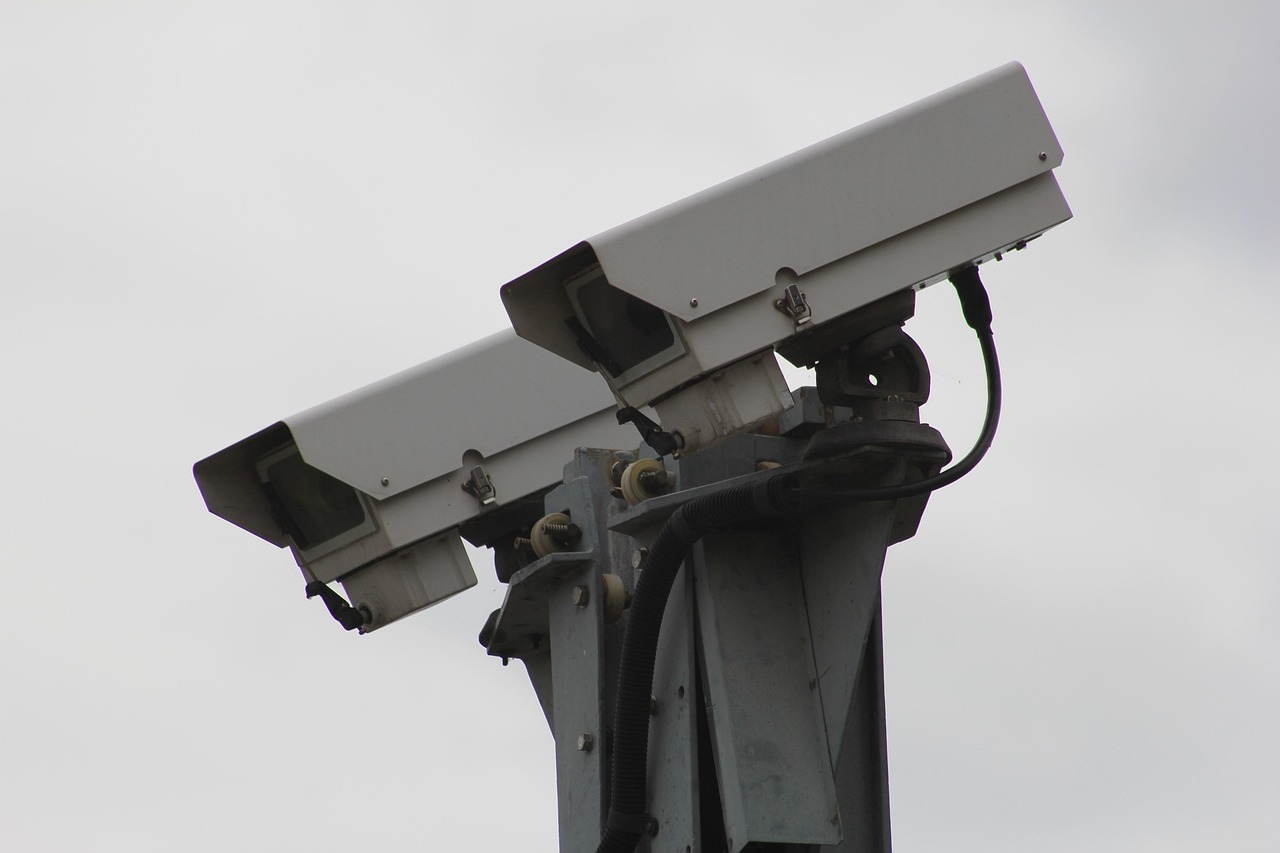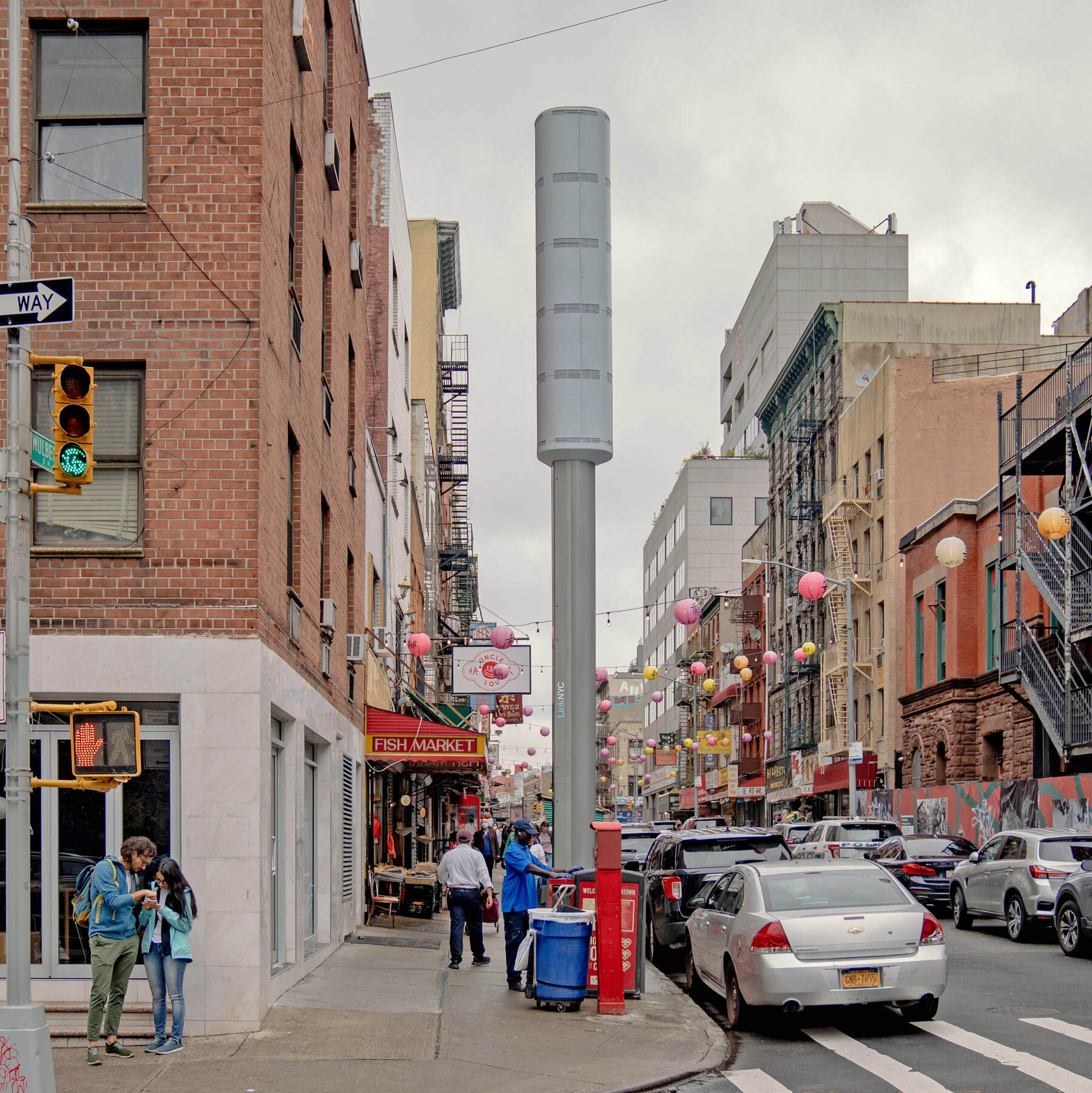Surveillance technology has long been a double-edged sword, promising security while encroaching on personal freedoms. The integration of AI into surveillance raises profound ethical questions, as highlighted by Julian Assange’s stark warning about the potential threats to human rights posed by combining facial recognition with automated lethal force systems. His caution, delivered to the Parliamentary Assembly of the Council of Europe on November 3, 2024, underscores the urgent need to scrutinize the implications of this technological fusion.

The official narrative often touts surveillance technology as a tool for enhancing security and efficiency. However, a recent study by the University of Technology Sydney reveals a more insidious aspect. This research indicates that constant monitoring can alter human brain functioning, heightening awareness and accelerating face recognition. The normalization of constant observation, as suggested by the study, not only impacts mental well-being but also raises fundamental questions about the balance between security measures and individual freedoms.
The pivot comes when we realize that the proliferation of surveillance goes beyond mere monitoring—it is a crucial component of a larger agenda. The integration of AI into surveillance systems isn’t just about enhancing efficiency; it’s a step towards creating a sophisticated control mechanism. The use of AI technology like ChatGPT, as mentioned in various reports, signals a deliberate effort to intertwine surveillance with advanced AI capabilities, veiling a dystopian future under the guise of progress.
Building the case requires us to delve into history and connect the dots. The increasing presence of CCTV cameras, video doorbells, and AI systems for facial recognition isn’t happenstance—it’s part of a meticulously planned strategy. The UK government’s deployment of live facial recognition technology underscores a broader trend towards a surveillance state. The development of these technologies isn’t just about innovation; it’s about consolidating power and control under the pretense of security.
The implications of this pervasive surveillance are far-reaching. Beyond the erosion of personal privacy, the normalization of constant observation poses a significant threat to individuals’ autonomy and mental well-being. The most vulnerable members of society, including those with mental health conditions, are particularly at risk. As surveillance technology continues to evolve and integrate with AI systems, the potential for abuse and manipulation grows exponentially, placing the very essence of humanity in jeopardy.
The prosecution’s case is clear: the intent behind the seamless integration of surveillance and AI is not benevolent but rather a calculated move towards centralized control. The means, as evidenced by the rapid deployment and normalization of these technologies, serve to entrench a system where autonomy becomes a luxury. The opportunity for those in power to exploit these tools for their gain at the expense of individual freedoms is unmistakable, paving the way for a future where surveillance is not just a tool but a weapon of mass control.
Looking ahead, the trajectory seems ominous. If left unchecked, the convergence of surveillance and AI technologies will solidify the foundation of a New World Order where individual liberties are a distant memory. Understanding the historical patterns of control and manipulation, we must act decisively to safeguard our freedoms and prevent the emergence of a dystopian reality where privacy is a relic of the past. The time to resist this encroaching Beast System is now, for the future of humanity hangs in the balance.

